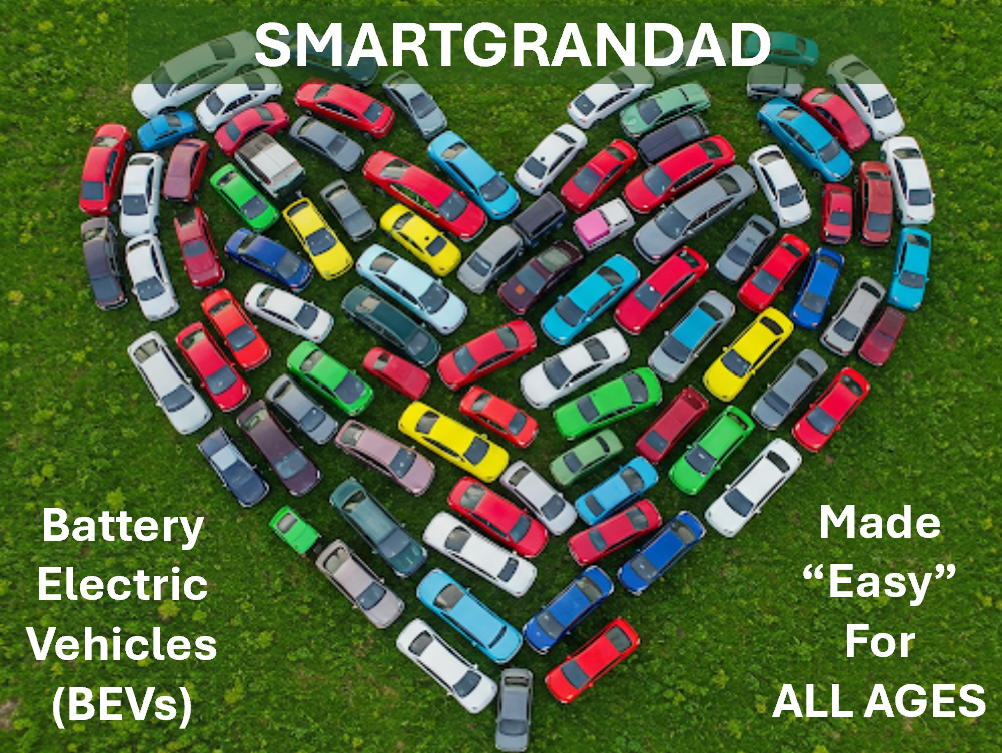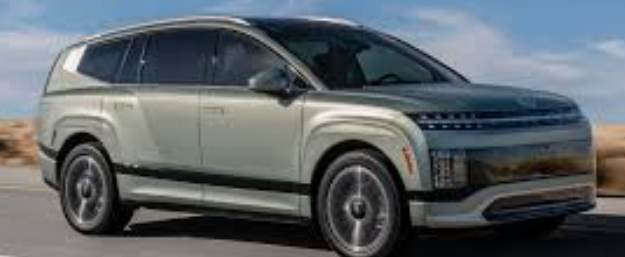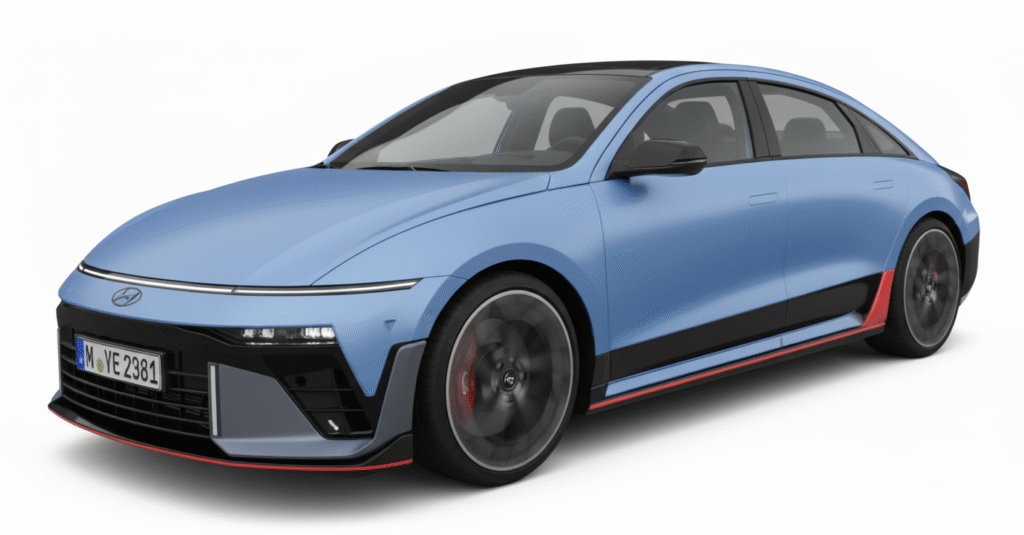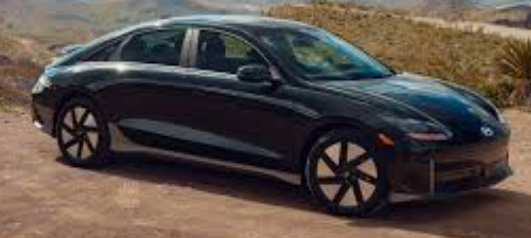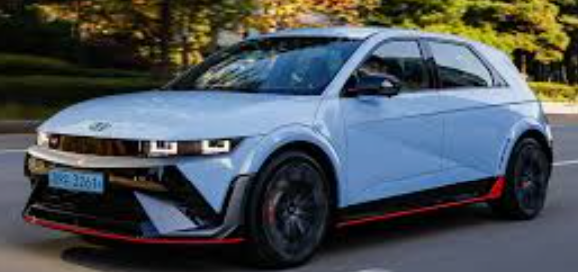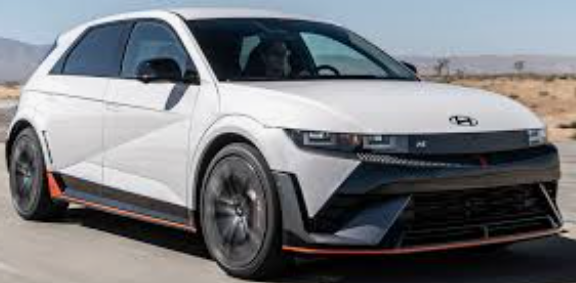Hyundai Inster
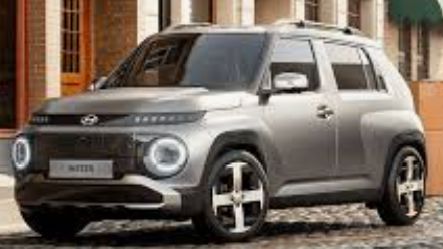
1. Body Style and Size Segment
The Inster is a 5-door, 4-seater SUV, positioned in the A-segment (city car) but with an extended body and wheelbase bridging it towards the B-segment. Its dimensions are approximately 3825mm (L) x 1610mm (W) x 1575mm (H), making it highly maneuverable for urban environments.
2. Platform Architecture, Range & Efficiency
Based on the K1 platform (shared with the ICE Hyundai Casper), the Inster uses a 400V electrical architecture. It’s available with a 42 kWh battery (Standard Range) offering approximately 327 km WLTP range, or a 49 kWh battery (Long Range) achieving up to 360 km WLTP. DC fast charging allows 10-80% in about 30 minutes.
3. Technical Capabilities
Despite its compact size, the Inster includes advanced driver assistance systems (ADAS) such as adaptive cruise control, lane keeping assist, blind spot monitoring, and collision avoidance. It features dual 10.25-inch screens for the digital instrument cluster and infotainment, along with pixel-graphic lighting.
4. Interior Quality and Storage Capacity
The interior prioritizes clever space utilization. While some plastics are budget-friendly, the design is intelligent and airy. The rear seats offer surprising legroom and can slide forward/backward by 16 cm. Boot space ranges from 280 to 351 liters, expanding to 1059 liters with all seats folded flat. There is no frunk.
5. App Functionality
The Inster integrates with Hyundai’s Bluelink app, enabling remote functions like climate control, door locking/unlocking, vehicle status checks, and navigation sending. Over-The-Air (OTA) updates keep the navigation current. It also features Vehicle-to-Load (V2L) functionality for powering external devices.
6. 3 Pros and 3 Cons
Pros: Good range for its segment, highly versatile and spacious interior for its size, strong suite of standard technology and safety features. Cons: Strictly a four-seater, no frunk storage, some interior plastics feel budget-conscious.
7. Overall Summary
The 2025 Hyundai Inster enters the growing urban EV market as a compelling option. It offers a strong combination of practicality, range, and technology for its segment, potentially outshining rivals like the Dacia Spring and Fiat 500e in terms of interior space and feature set, while presenting a more affordable alternative to the upcoming Renault 5 E-Tech.
Real world range estimates
The table below shows some estimated real-world examples in perfect condition and in conditions needing A/C to heat or cool vehicles. See our range guide to see how the range is affected in real world.
| Range | Consumption | |
|---|---|---|
| 90kmh/56mph perfect condition | 271km / 168 mi | 17 kWh/100km / 3,7 mi/kWh |
| 90kmh/56mph with 2KW heating | 247km /149mi | 19,2 kWh/100km /3,2 mi/kWh |
| 120kmh/75mph perfect condition | 200 km / 124 mi | 23 kWh/100km / 2,7 mi/kWh |
| 120kmh/75mph with 2KW heating | 186 km /116mi | 24,7 kWh/100km /2,5 mi/kWh |
